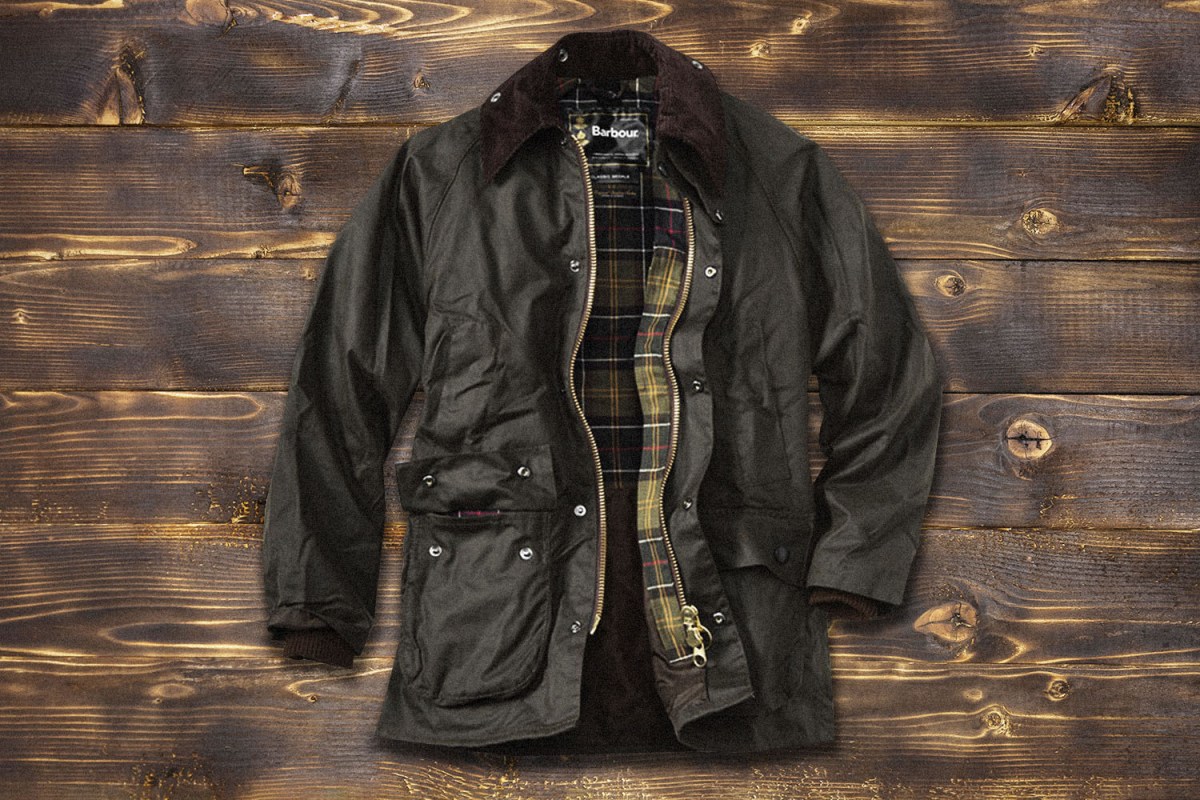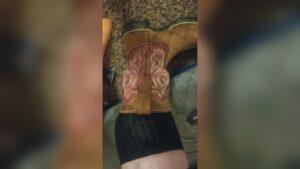Use cold water, a sponge, spot clean, and reproof with wax dressing at home.
I’ve worked with waxed cotton jackets for years and cleaned many Barbour wax jackets at home. This guide explains how to clean Barbour wax jacket from home with clear steps, safe materials, and reproofing tips. You will learn what to avoid, how to treat stains, and how to restore water resistance so your jacket lasts for years.

Why proper care matters
A Barbour wax jacket is a long-term investment. Clean care keeps the wax layer intact and prevents fabric damage. Knowing how to clean Barbour wax jacket from home saves money and keeps the jacket looking right. Poor cleaning can strip wax and ruin the finish, so follow safe steps.

What you’ll need before you start
Gather simple, safe items. These tools help you learn how to clean Barbour wax jacket from home without harm.
- Soft sponge or cloth for gentle wiping
- Lukewarm water kept cool enough not to melt wax
- Soft-bristled brush for debris removal
- Barbour-style wax dressing or approved wax for reproofing
- Clean towels for blotting
- Flat space to dry away from heat sources

Step-by-step: how to clean Barbour wax jacket from home
Follow these steps slowly. Each step shows how to clean Barbour wax jacket from home safely and effectively.
-
Inspect the jacket
- Check seams, zips, and heavily worn areas before cleaning.
- Note stains, tears, and low-wax spots.
-
Remove surface dirt
- Brush off loose dirt with a soft brush.
- Shake the jacket outside to remove dust and debris.
-
Spot clean stubborn marks
- Dampen a sponge with lukewarm water and rub gently in a circular motion.
- For greasy spots, dab—do not scrub—or seek professional help if unsure.
-
Rinse sponge often
- Rinse and wring the sponge frequently to avoid pushing dirt back into fabric.
- Use only water; avoid soap and detergents that strip wax.
-
Dry carefully
- Pat the jacket with a clean towel to remove excess moisture.
- Air dry flat or on a hanger at room temperature, away from direct heat.
-
Reproof when needed
- Warm the wax dressing slightly by hand or with a hair dryer on low.
- Rub wax thinly and evenly over the jacket, focusing on seams and high wear areas.
- Gently heat the wax to help it soak in. Wipe away excess with a clean cloth.
These steps form a complete cycle for how to clean Barbour wax jacket from home. Repeat spot cleaning as needed and reproof every 1–3 years depending on wear.

Drying and reproofing: keep the wax working
Drying well protects the cotton and finishes. Proper reproofing restores water resistance and appearance. When you reproof after learning how to clean Barbour wax jacket from home, do it in a warm, ventilated space. Apply thin layers of wax. Let each layer cool and set before adding another. Over-waxing causes stiffness; under-waxing leaves weak spots.

Treating specific stains and problems
Different marks need different care. Here’s how to clean Barbour wax jacket from home for common issues.
- Mud or dirt: Let mud dry and brush off. Spot clean the residue with a damp sponge.
- Food stains: Blot first. Use cool water and light dabbing; avoid soap.
- Oil or grease: Try blotting gently. If the stain persists, consider professional cleaning to avoid damaging wax.
- Milky salt marks: Brush off then reproof to restore the finish.
If you’re unsure, test on an inside seam or hidden area before full treatment.

Common mistakes to avoid
Avoid actions that damage wax or fabric. Mistakes make learning how to clean Barbour wax jacket from home harder.
- Do not machine wash or dry clean; both can remove wax.
- Do not use household detergents or solvents; they strip wax and weaken fabric.
- Avoid drying near direct heat; heat can crack or melt wax unevenly.
- Don’t over-scrub; aggressive rubbing wears fabric and removes wax.

Maintenance schedule and storage tips
Regular care keeps the jacket ready for seasons. A simple routine helps you maintain how to clean Barbour wax jacket from home.
- After heavy use: Brush and spot clean within 24–48 hours.
- Yearly: Inspect and reproof if water beads no longer form.
- Every few years: Full reproof as needed based on wear.
When storing, hang the jacket in a cool, dry place. Avoid cramped spaces and plastic bags that trap moisture.

Frequently Asked Questions of how to clean Barbour wax jacket from home
Is it safe to wash a Barbour wax jacket at home?
No, you should not machine wash or dry clean. Spot clean with cool water and reproof the wax to maintain protection.
Can I use household detergent to remove stains?
Avoid detergents and solvents. They remove wax and weaken the fabric; use plain water and gentle dabbing instead.
How often should I reproof my jacket?
Reproof every 1–3 years depending on wear and exposure. High-use jackets need more frequent reproofing.
What do I do about a greasy stain?
Blot the stain gently and avoid rubbing. If it remains, seek professional advice to prevent wax damage.
Can I use any wax for reproofing?
Use a wax dressing designed for waxed cotton or the brand-approved product. Wrong wax can change color or texture and reduce performance.
Conclusion
You can confidently care for your jacket at home by following safe steps. Learn how to clean Barbour wax jacket from home by spot cleaning with water, avoiding detergents, drying gently, and reproofing with the right wax. These habits will extend the life and performance of your jacket. Try a small spot test, follow the steps, and reproof when water no longer beads. If you found this useful, leave a comment or subscribe for more gear care guides.




